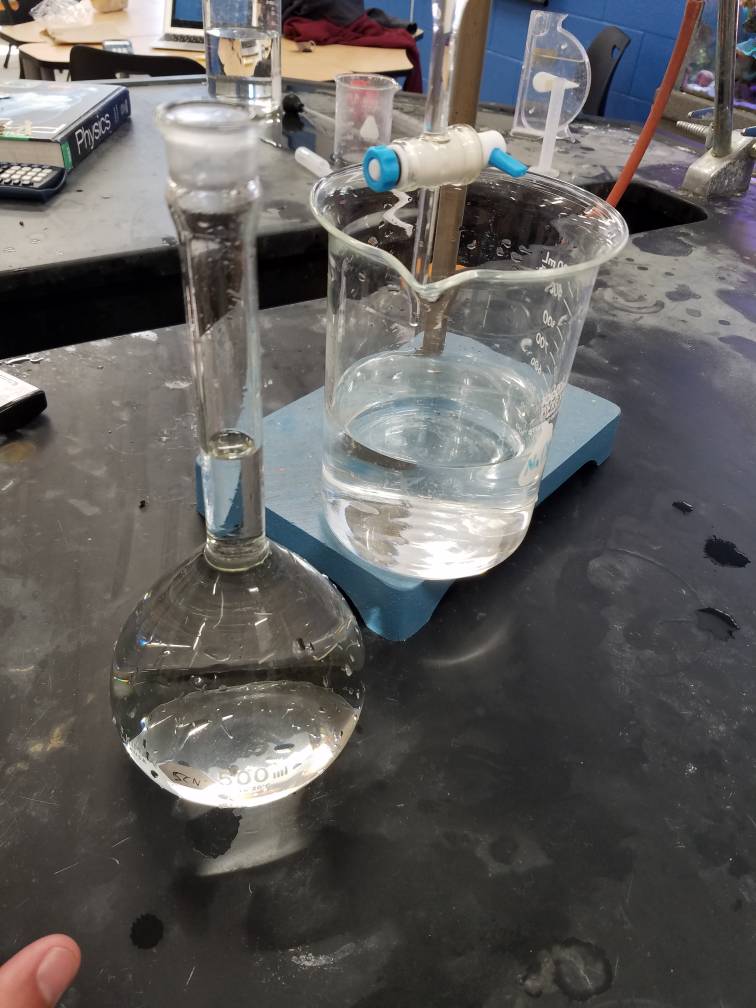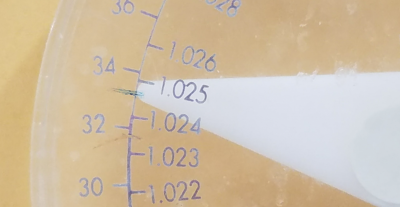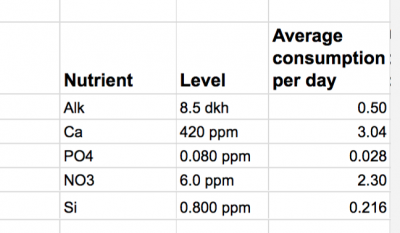Randy Holmes-Farley
Reef Chemist
View Badges
Staff member
Super Moderator
Excellence Award
Expert Contributor
Article Contributor
R2R Research
My Tank Thread
- Joined
- Sep 5, 2014
- Messages
- 67,347
- Reaction score
- 63,689
Question. Could the use of Prime water conditioner (say a ml or so) have any effect on the availability of some metals?
"Detoxifies heavy metals" means it binds them to keep them away from biological processes?
That is the presumption, but they do not reveal ingredients.





















